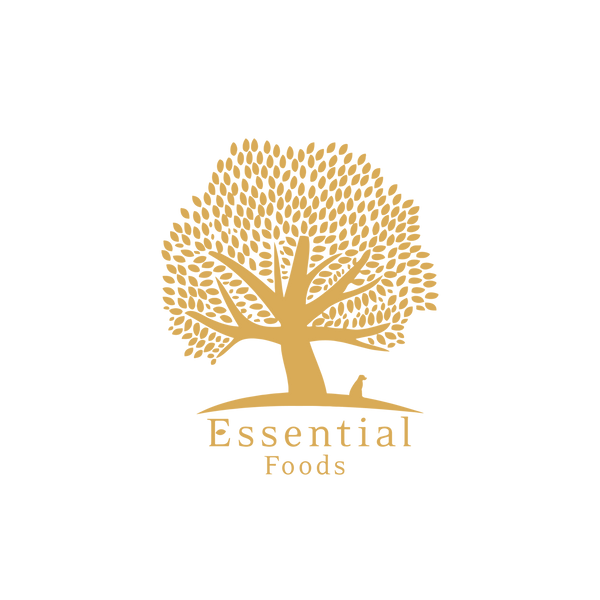Choosing the right dog food is essential for your pet's overall health and well-being. Here are some steps to help you make an informed decision:
Do thorough research:
Before making any changes to your dog's diet, it's always a good idea to do in dept research on the type/brand of dog food available in your country. Make informed decisions based on your dog's specific needs, age, breed, and any health concerns.
Consider Your Dog's Life Stage:
Dogs have different nutritional requirements depending on their life stage, including puppies, adult dogs, and seniors. Choose a dog food formulated for your dog's age group.
Read the Ingredient List:
The ingredient list on the dog food packaging is a crucial source of information. Look for high-quality protein sources such as chicken, beef, or fish as the first ingredient. Avoid foods with fillers like corn, soy, and wheat.
Check for Adequate Protein:
Dogs are primarily carnivores, so protein is a crucial part of their diet. Ensure that the dog food you choose contains a sufficient amount of protein for your dog's breed and age.
Evaluate Fat Content:
Fat is another important nutrient for dogs. It provides energy and supports skin and coat health. Look for moderate levels of healthy fats in the dog food.
Consider Special Dietary Needs:
Some dogs have specific dietary requirements, such as food allergies, sensitivities, or medical conditions. If your dog falls into this category, choose a specialised dog food that meets their needs.
Avoid Artificial Additives:
Try to avoid dog foods with artificial colours, flavours, and preservatives. Natural ingredients are often better for your dog's health.
Analyse Guaranteed Analysis:
Check the guaranteed analysis on the packaging to see the percentages of protein, fat, fiber, and moisture in the food. These values can help you compare different brands and formulas.
Be Wary of Marketing Claims:
Dog food packaging can be misleading. Be cautious of marketing claims like "premium," "holistic," or "natural" and focus on the ingredient list and nutritional analysis instead.
Consider Your Budget:
Quality dog food comes at various price points. While it's essential to provide your dog with good nutrition, choose a food that fits within your budget.
Look for AAFCO/FEDIAF Certification:
Ensure that the dog food meets the nutritional standards set by the Association of American Feed Control Officials (AAFCO) or European Pet Food Industry Federation (FEDIAF). This certification indicates that the food is complete and balanced.
Monitor Your Dog's Response:
After transitioning to a new dog food, observe your dog's response. Look for signs of improved energy levels, healthy skin and coat, and well-formed stools. If you notice any adverse reactions, consult your vet.
Gradually Transition:
When switching to a new dog food, do so gradually over a period of 15-30 days to avoid digestive upset. Mix the old and new food, increasing the proportion of the new food each day.
Remember that each dog is unique, so what works for one may not work for another. Pay attention to your dog's individual needs and preferences, and don't hesitate to seek advice from your veterinarian if you have any concerns about their diet.

